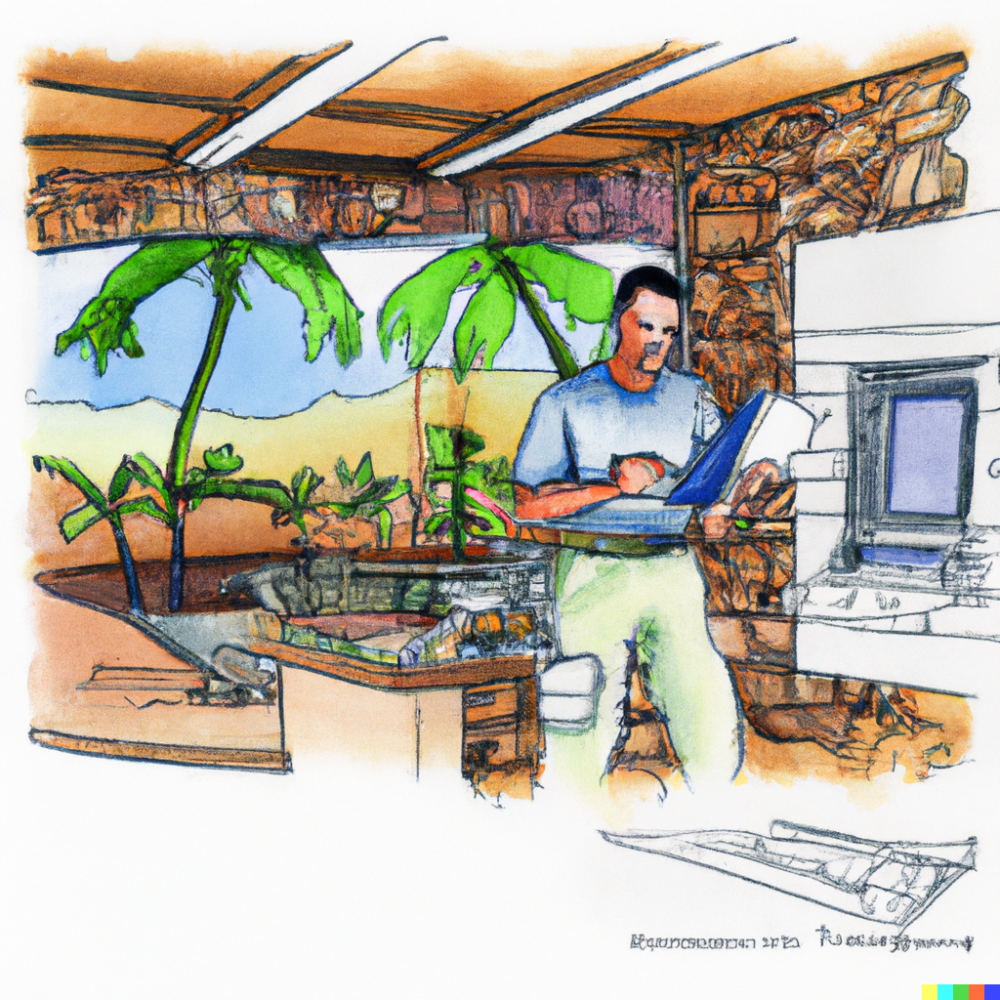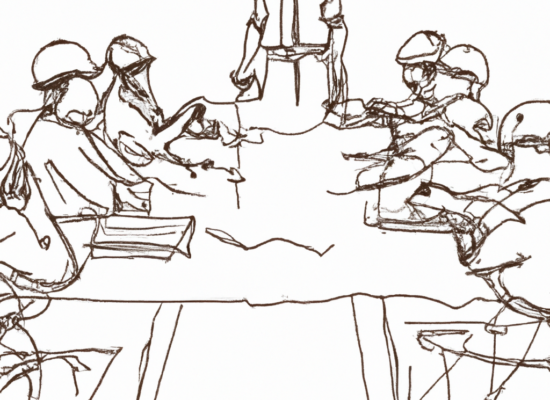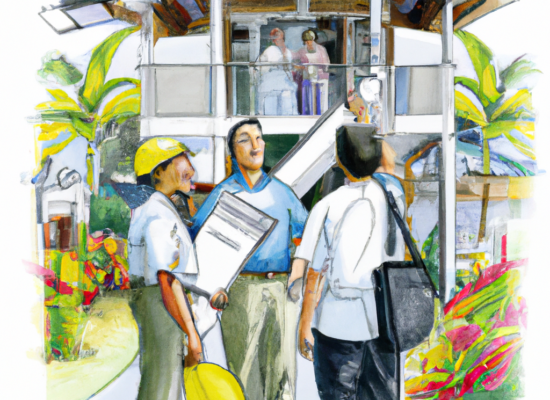Contractor Progress Payments: The Importance of Timeliness
The orderly progression of work on a construction project is dependent on timely payments to the contractor. This is because the contractor subsequently pays its subcontractors, sub-subcontractors, and suppliers. However, payment delays and nonpayment can threaten the economic balance of this contractor payment sequence and cause great disruption or a possible work stoppage. Therefore, it is crucial that payment application reviews and payment schedules are administered as a priority.
Payment Application Processing
To ensure the timely processing of payments, AIA Document 702TM-1992, Application and Certificate for Payment, is used. This dual form also includes the architect’s certification for payment. Additionally, AIA Document G703TM-1992, Continuation Sheet, is typically used to list the scheduled values for the various parts of the work.
The contractor’s application includes a signed and notarized certification by the contractor that the work is in conformance with the contract documents.
This includes the following:
- The contractor certifying that all contractors have been paid for previous amounts received
- The current requested amount is correct and due
In cases where the balance-to-complete is not sufficient, a meeting should be called between the owner, architect, and contractor to discuss the options for completing the work. This may include reallocating funds from other project areas, negotiating a change order for additional funding, or finding cost savings elsewhere in the project. If the deficiency is significant, it may also involve bringing in an outside contractor to complete the work, which may result in additional costs and a delay in completion. Ultimately, the goal is to find a solution that allows the project to move forward and be completed within the original budget and time frame.
The architect and its consultants review the application, and if they find the requested amounts to be a reasonable representation of the work in place, they will issue the certificate for payment portion of the document to the owner. Coordination of payment application reviews by the architect and its consultants are typically done during a scheduled site visit. A “pencil copy review” can also be conducted with the contractor. This allows the contractor to discuss the work status and finalize the application based on the mutually agreed review. The subsequent preapproved application avoids a time-consuming resubmission.
Stored Materials
Applications for payment typically include a list of stored materials, which may be maintained either on or off site until incorporated into the work. These materials are typically approved by the owner and require storage in a bonded warehouse or secured by other acceptable means. Therefore, it may be necessary for the architect and consultants to visit off-site storage facilities to review stored materials and quantities.
Work Status Representations
The contractor’s application for payment is a notarized certification of the work status that is further supported by the contractor’s express warranty to the owner and architect that the materials and equipment furnished under the contract are new, that the work is free from defects, and that it conforms to the requirements of the contract documents. The architect’s payment certification is based on this warranted representation, and it is made to the best of the architect’s knowledge, information, and belief. The AIA General Conditions require that payment cannot be made without the architect’s signed certification, and the owner must pay the amount certified.
Other Payment Conditions
- The AIA application and certificate for payment form also includes the following: A change order summary
- The amount of current retainage for work in place and stored materials -A “balance-to-complete” amount remaining
The architect’s review of the payment application includes a review of the balance to determine whether sufficient funds remain to complete the work.
For example, if the project has been delayed or the contractor has underbid the work, the remaining funds may not be sufficient to complete the work. The determining factor is if there are sufficient funds remaining for an outside contractor to be brought in to complete the work for the balance remaining. If not, the architect will not be able to certify payment on this application, and if the deficiency is great enough, previous certifications for payment may require nullifying to cover the cost of completion.
 Copyright secured by Digiprove
Copyright secured by Digiprove 



